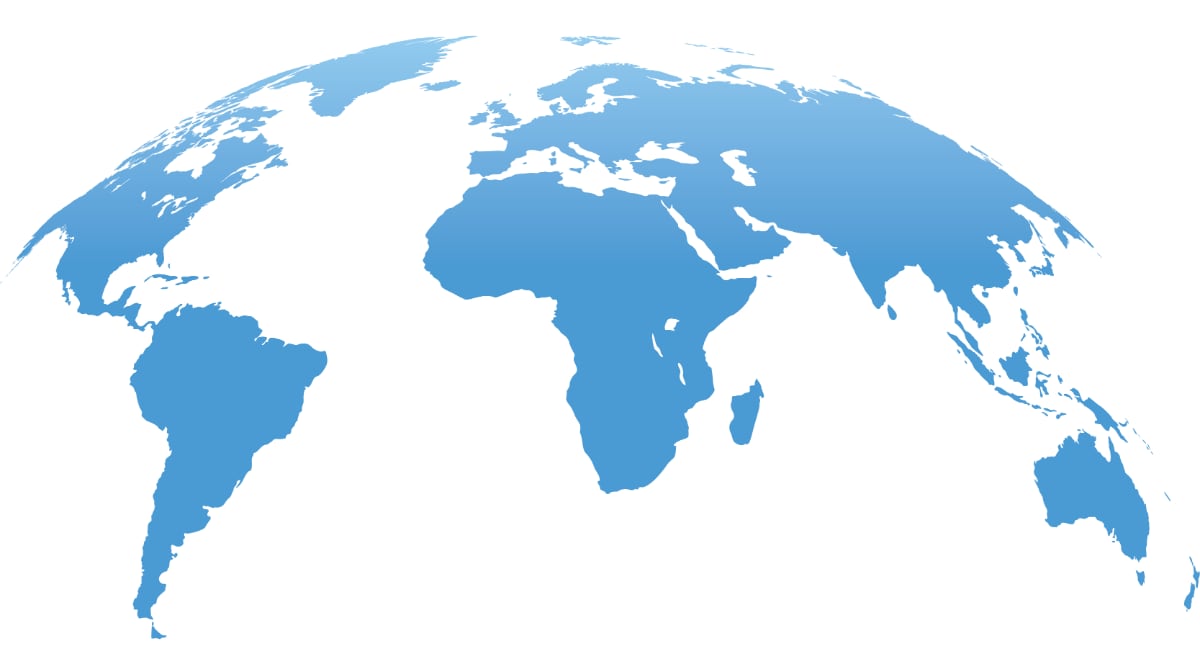What to know
The U.S. Centers for Disease Control and Prevention (CDC) protects people in the United States and around the world by preventing, detecting, and responding to disease threats—anytime and anywhere.

Our strategic approach
CDC's global work strengthens the knowledge, systems, and partnerships needed to find and face all types of health challenges across the world and in America.
No matter the threat, we know we need the right data and surveillance, laboratories, workforce and institutions, prevention and response, innovation and research, and policy, communications, and diplomacy.
For instance, when COVID-19 struck, many countries relied heavily on core laboratory and workforce capabilities built through CDC's prior investments in HIV, TB, antimicrobial resistance, enteric diseases, and global immunization and global influenza programs. And the benefit goes both ways – for example, next-generation sequencing and wastewater surveillance capabilities grown during the pandemic are now being used for other diseases, such as monkeypox and bird flu.
This is the purpose of CDC's Global Health Strategic Framework, which guides all global health efforts across our agency. By leveraging the full benefit of everything we build globally, we help people in the United States and around the world live healthier, safer, and longer lives.
Data & surveillance
CDC is ensuring interoperable data and surveillance systems that detect, identify, and monitor disease threats and produce high quality, timely data to inform public health action.
CDC is charged with protecting people around the world from a vast number of diseases and conditions, as well as being prepared for the unknown, every day. CDC’s global data and surveillance work aims to ensure that countries can collect, analyze, visualize, use, and share high quality data on any disease or condition that impacts health. Public health surveillance provides an ongoing picture of the patterns of disease, which is critical to protecting people from existing and emerging threats.
In 2024, CDC strengthened core data and surveillance capabilities to find and face emerging and re-emerging health threats.
By the numbers
Event-based surveillance
Antimicrobial resistance
Respiratory diseases
Laboratory
CDC is building public health laboratory systems that rapidly and accurately detect, track, and inform public health action.
Laboratories help confirm the presence of disease, pinpoint the cause of illness, and guide the right response to outbreaks. CDC’s global laboratory work supports these capabilities by training skilled workers, improving diagnostics and specimen transport systems, and increasing biosafety and biosecurity. The goal is to ensure pathogens can be accurately tested and identified with a fast turnaround, so the right actions can be taken to contain the threat.
In 2024, CDC improved core laboratory capabilities critical for detection and action on high-priority pathogens.
By the numbers
Pathogen detection
Molecular testing capacity
Laboratory leadership
Workforce & institutions
CDC is training and developing a multisectoral global health workforce and coordinated essential public health services to prevent, detect, and respond to disease threats and integrate national public health functions.
In a crisis, the most important asset a country can have is people who know what to do. CDC’s global work to strengthen workforce and institutions bolsters the epidemiology, clinical, and laboratory workforce needed for today’s and tomorrow’s threats. Alongside partner countries, CDC is improving skills, building leadership, and supporting the institutions that house all of this expertise, creating a robust network of professionals who are ready to respond to whatever comes next.
In 2024, CDC empowered a network of epidemiology, clinical, and laboratory professionals to tackle present and future threats.
By the numbers
Disease detectives
National Public Health Institutes
Emergency responders
Prevention & response
CDC is developing systems, tools, and processes that enhance response to public health emergencies including implementation of prevention and mitigation strategies and countermeasures to prevent transmission and treat diseases.
Disease knows no borders, as clearly demonstrated by the COVID-19 pandemic, detections of polio in previously polio-free areas, and outbreaks of monkeypox and Ebola. CDC’s prevention and response work ensures that people have access to immunizations and non-pharmaceutical interventions to stay healthy. It also ensures countries have essential systems to act fast in any crisis, such as emergency operations centers staffed with skilled and ready responders.
In 2024, CDC tackled frequent, complex, and long-lasting public health emergencies and took action to keep people healthy and safe.
By the numbers
Vaccine preventable outbreaks
7-1-7 approach
Readiness and response skills
Innovation & research
CDC supports research, implementation science, and public health evaluations to inform best practices for preventing diseases and countering health threats.
Research and innovation drive public health forward, extending the ability to protect people’s lives and livelihoods, no matter where they live. CDC’s global research and innovation work includes understanding why outbreaks are happening – uncovering who is getting sick, where, and why – and development of new diagnostics and assays that strengthen public health for generations to come.
In 2024, CDC pushed public health forward, protecting people's lives and livelihoods.
By the numbers
Wastewater surveillance
Malaria vaccines
Data modernization
Policy, communications & diplomacy
CDC aims to foster health diplomacy by building relationships that promote the use of evidence-based public health policy, communicate risk, and disseminate prevention messages in response to health threats.
CDC’s global policy, communication, and diplomacy efforts focus on translating data into public health action, ensuring people have the right information at the right time, and increasing trusted partnerships and diplomatic relationships that drive global health success.
In 2024, CDC drove evidence-based decisions, clear communication, and relationships that expand respect and trust.


